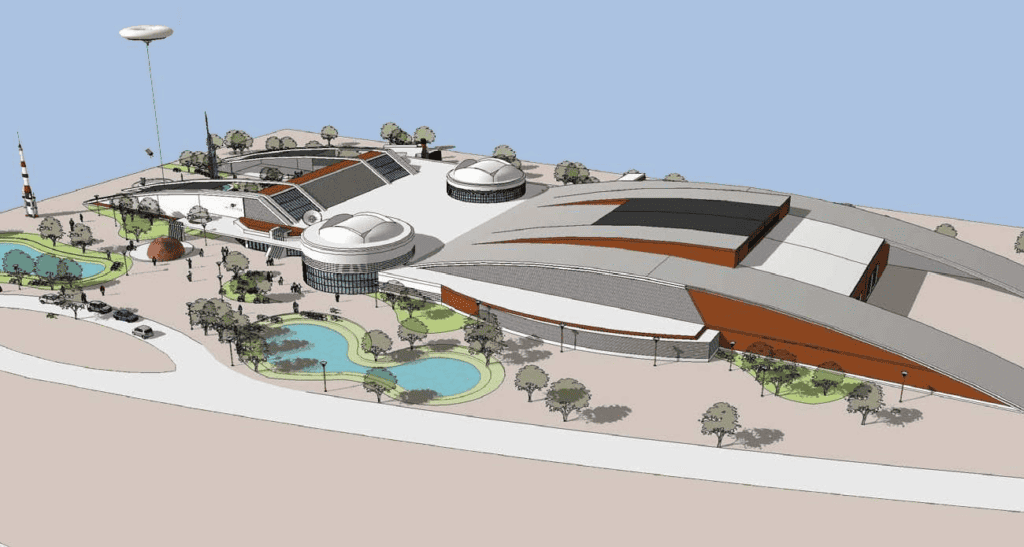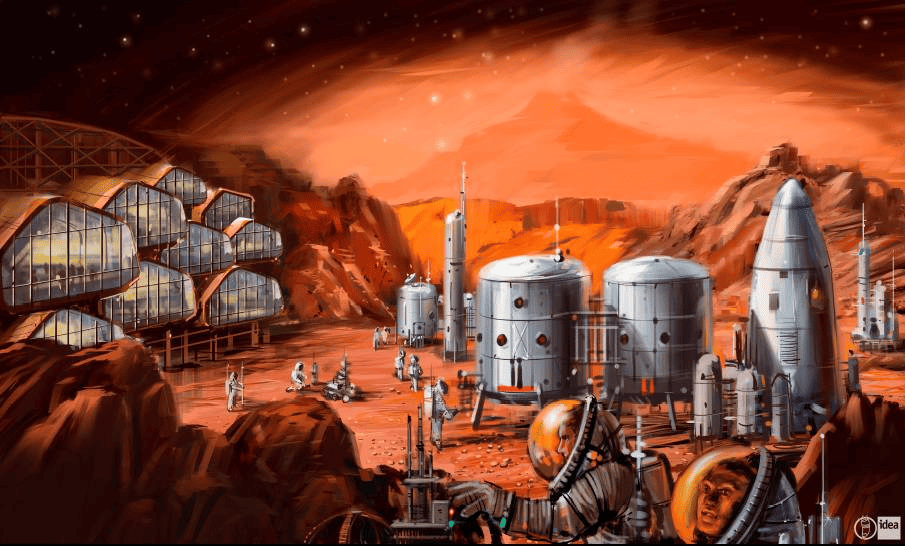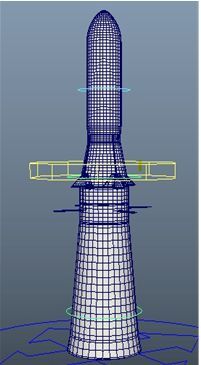Mars Education Centre is planned to be built on the outskirts of Bangalore on a ten acre plot near Ramanagara. Total land reserved for this project is around 25 acres. The Mars Education Centre, known as SOL-ONE, is an innovative OutReach center designed to cater to students, engineers, and the general public. Developed in collaboration with Mars researchers from the United States and Europe (Mars Society and other organizations), SOL-ONE carries a profound underlying significance: “A day on Mars.” This facility aims to provide a unique and immersive educational experience that brings the wonders of Mars closer to our world. By fostering curiosity, scientific exploration, and cross-cultural learning, SOL-ONE seeks to inspire the next generation of visionaries who will shape the future of space exploration. Whether you’re a student seeking to delve into the mysteries of the Red Planet or an enthusiast eager to expand your knowledge,
Research Areas
Projects - Research Activities
Mars HomeBase conducts research in areas related to human settlement on Mars. Our research endeavors encompass collaborative projects conducted in partnership with various institutions and companies. These initiatives are undertaken with the guidance and management oversight provided by the Mars HomeBase Organization. Our research portfolio includes both singular and ongoing efforts. For instance, several of our research projects are characterized by their recurrent nature.
The i-MARS initiative undertaken by the Mars HomeBase Organization, aimed at the creation and advancement of Mars analog Research Stations. Diverging from the established precedents set by analogous stations in the United States and Canada, Mars HomeBase adopts a distinct approach. The project envisions a series of successive iterations of these stations, meticulously tailored to accommodate the potential of cutting-edge vehicles such as SpaceX’s Starship and Blue Origin’s rockets.
Central to this innovative framework is the prioritization of in-situ construction methodologies, as well as the strategic focus on expansion, ongoing maintenance, and overarching sustainability. As the groundwork for funding and logistical considerations reaches its culmination, a dedicated portal will be established to meticulously document and archive the multifaceted activities and milestones achieved through the i-MARS program.
Mars HomeBase organization presents a tailored initiative for educational institutions interested in advancing Mars habitat technology research and development under Institution program known as M-BIN. At the university level, Mars HomeBase offers student research programs designed for undergraduate students seeking exposure to the Mars habitat program. Participants gain valuable insights into the program’s requirements, limitations, and engage in hands-on research projects. All projects initiated under this program are overseen by Mars HomeBase and coordinated within the respective local institutions. Students are not only exposed to traditional engineering disciplines like basic engineering, medicine, and agriculture, but they also cultivate a mindset geared towards applying these engineering principles to the unique challenges of Mars.
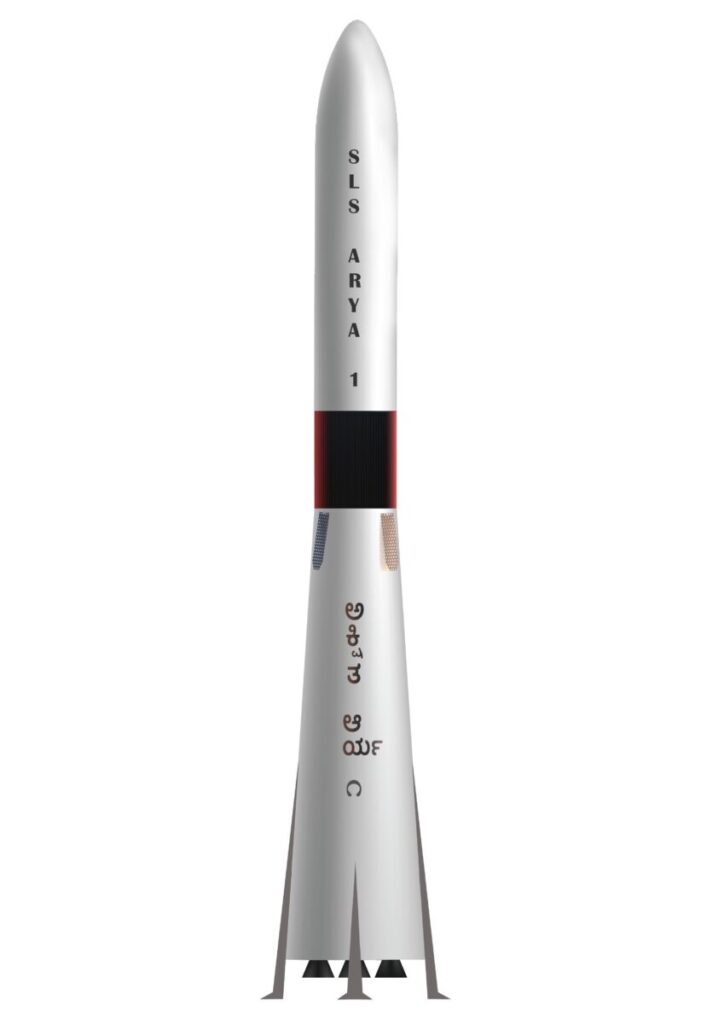
Heavy Lift Rocket Architecture
Mars HomeBase is working on a new rocket architecture known as ARYA (Space Launch Architecture – SLS ARYA), The ARYA rocket design draws inspiration from the remarkable advancements in reusable rocket technology pioneered by SpaceX and explores the vast potential of 3D printing, material reusability, and innovative return-to-earth methods. As a Heavy Lift Architecture, ARYA boasts a tri-stage configuration with the first two stages designed for reusability, while the third stage is specifically optimized for material reuse upon reaching Mars.
The incorporation of 3D printing technology marks a significant leap forward, enabling us to shift from a ‘use and throw’ approach to a ‘more of use and less of throw’ philosophy concerning rocket construction materials. In traditional rocket design, all stages are used only once and subsequently discarded after each launch. ARYA’s visionary approach revolutionizes this wasteful norm by embracing material recycling and reusability. By harnessing the potential of 3D printing, we can now maximize the utility of materials used in rocket construction, leading to greater sustainability and efficiency in space missions. ARYA represents a paradigm shift in rocket architecture, one that aims to use 3D printing in Space and material reusability to next level.
Interplanetary Transport Systems Architecture
ITS 1.0, a complementary Space Transport architecture to the heavy lift architecture ARYA, offers a modular approach for missions to Mars or the Moon. Distinguished by its use of propellant capsules instead of in-flight fuel transfer (like in StarShip), this architecture resembles a compact space station, equipped with multiple redundant systems to handle any contingencies en route to Mars.
The in-orbit assembly of modules allows for ongoing enhancements to subsystems throughout the vehicle’s life cycle, while also facilitating thorough functional testing before departure from Earth. With ITS 1.0, we ensure a robust and adaptable platform, enabling us to continuously improve and optimize our technology, thus paving the way for ambitious space exploration missions with increased safety and efficiency.
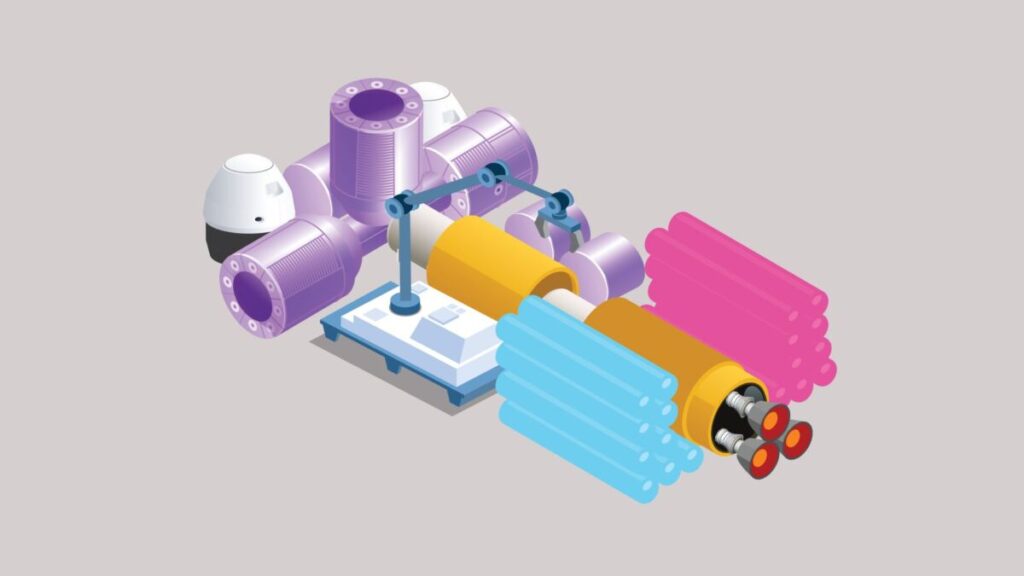
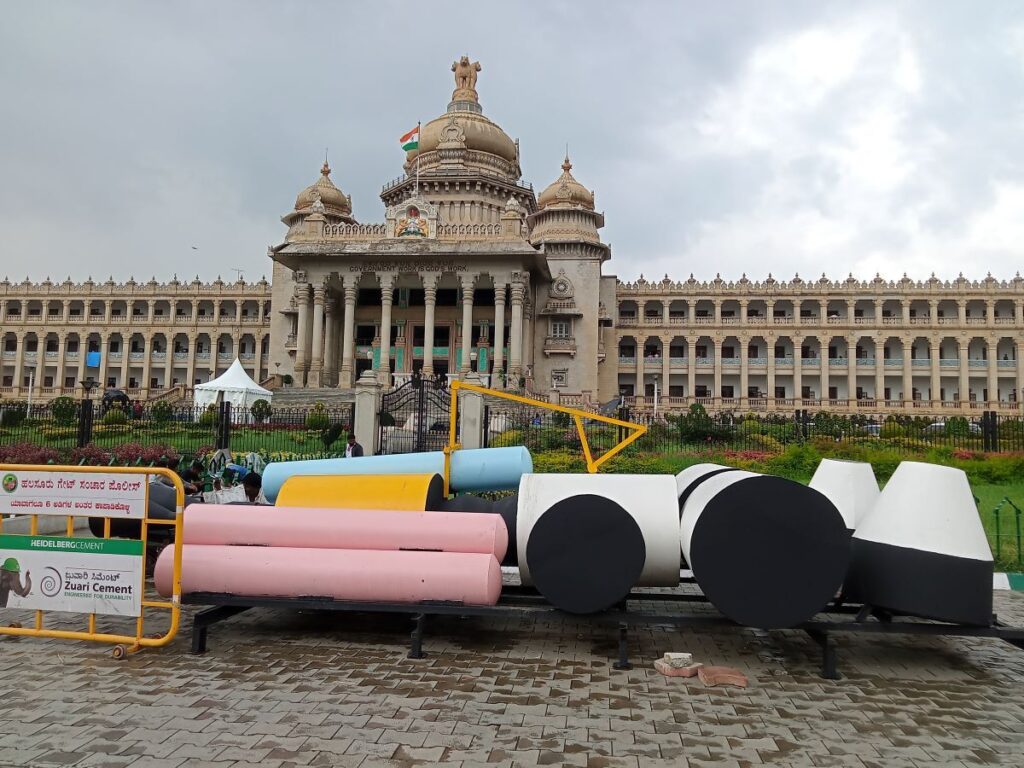
In determining our research priorities, we adopt a straightforward yet essential approach: we start by asking the fundamental question, “What are the key requisites for survival on Mars?” In other words, what tools do we need for everyday survival on Mars! Our aim is to develop practical outcomes, which may take the form of innovative devices, equipment, or the formulation of comprehensive guidelines, procedures, and actionable plans. This approach ensures that our efforts are purposeful and directly contribute to addressing the core challenges of sustaining life on the Red Planet.
